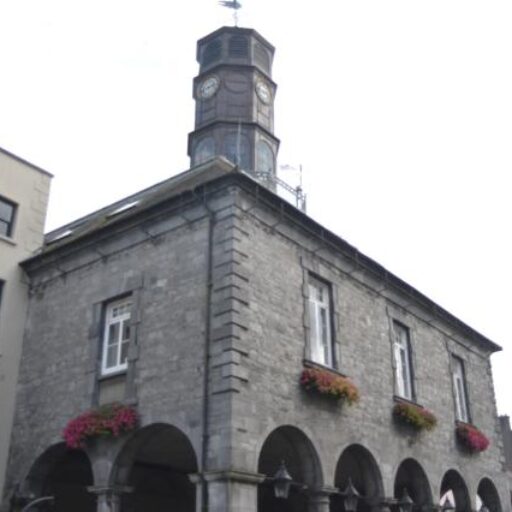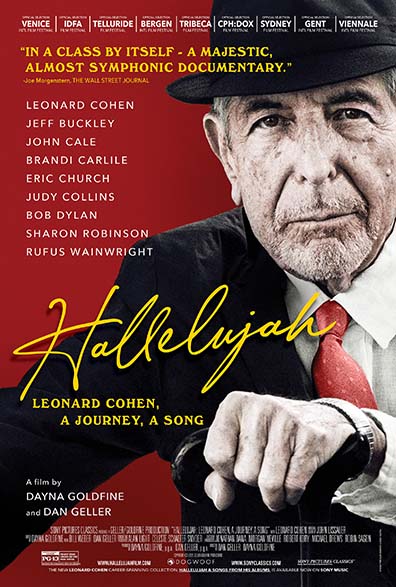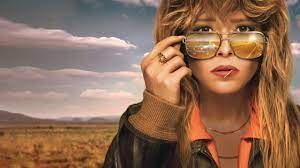
Frampton!
Frampton!
Long, long ago in the Stone Age, in the golden age of rock music, when the great guitarists were at their peak, there were many superhuman heroes. It is impossible to mention them all, but among them were: Jimi Hendrix, Stevie Ray Vaughan, Eddie Van Halen, Eric Clapton, Jimi Page, Rory Gallagher, Eric Bell, Gary Moore and Johnny Fean. Another guitarist named Peter Frampton, who is from England, was also doing well up to the mid-seventies, but he had not yet achieved international fame. Everything changed for him in 1975. But I'm getting a little ahead of myself.
Early Days
Peter Frampton attended the same secondary school as David Bowie, and Bowie was three years his senior. They both had bands, and often played together between classes. In 1966 at the age of 16, Frampton started as guitarist and singer for the band 'The Herd', and three of their songs topped the charts in the UK. In 1969, he left 'The Herd' and joined another band called 'Humble Pie'. After a few years and four albums, he left that band to go out on his own.
Frampton Comes Alive!
His first efforts, with the albums 'Wind of Change', 'Frampton's Camel' and Somethin's Happening', had little success. His next album, 'Frampton', released in 1975, went up the charts to number 32. In June 1975, Frampton performed a concert at the 'Winterland Arena' in San Fransisco, and it was recorded. That was the basis for the double album 'Frampton Comes Alive', released in 1976. That album was in the 'Billboard 200' charts for two years, and then spent ten weeks at the top of the charts. Three songs from the album also did very well as singles - Show Me the Way', 'Baby, I Love Your Way' and 'Do You Feel Like We Do'.
Frampton released his next album 'I'm in You' in 1977, and although it did quite well, it was not on par with 'Frampton Comes Alive'. Just two years after the release of his 'Frampton Comes Alive' album, he was seriously injured in a car accident. After that, he struggled with drug abuse. Although Frampton continued to play music up to the present day, his era was over and he gradually fell into oblivion.
Resurrection
When I recently heard that Frampton would be performing in San Diego, I immediately bought a couple of tickets. Although I remembered 'Frampton Comes Alive' well, like almost everyone else my age, I had no clue what happened to it in the interim. Then, my wife read an article about Frampton in the local newspaper. He was diagnosed with a rare degenerative disease in 2019, which would gradually weaken the muscles in his hands. Although you'd imagine that would be the death knell for Frampton, you'd be wrong. He refused to succumb to that disease, and almost as an act of defiance, he announced some new dates for his world tour. He had to make changes in the way he used his fingers because they weren't as strong as they used to be, and he also had to do a lot of practice. After completing that tour, he organized another tour - 'Never Ever Say Never Tour', because his fingers were still pretty good.
Concert
My wife and I had great seats at the 'Rady Shell' in San Diego. The concert started at 7:30 p.m. and the music stopped until almost 10 p.m. All members of the band were seated, as Frampton had to be seated due to illness. But once we got used to that, we soon forgot about it – the music was that good. They played all the big songs, and they were great. Frampton still has a great voice, as the disease has not damaged his voice. His son, Julian Frampton, came on stage to sing 'Rebel Rebel', David Bowie's famous song, and he was outstanding as a singer. He praised his father saying that he is an inspiring man and a courageous fighter, of whom he is very proud. I completely agree with that point of view, and Peter Frampton is an indomitable spirit, who lifts up our hearts, not only as a great musician, but as a role model for us all!








